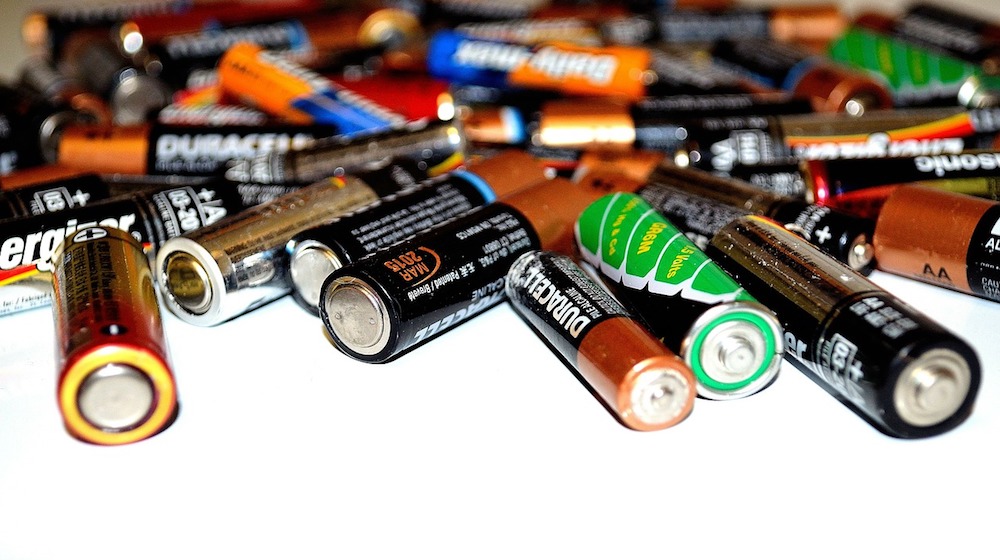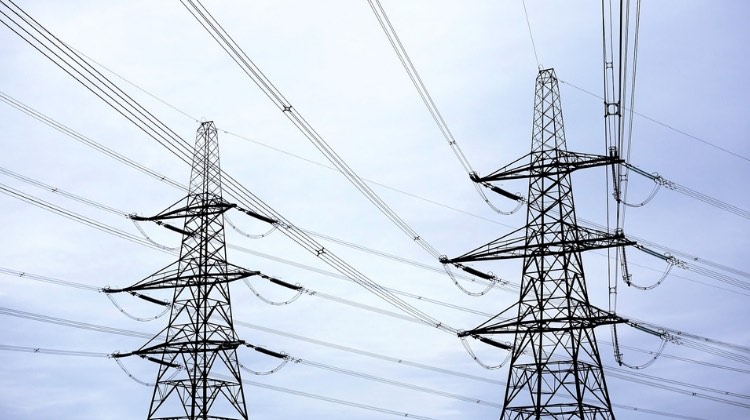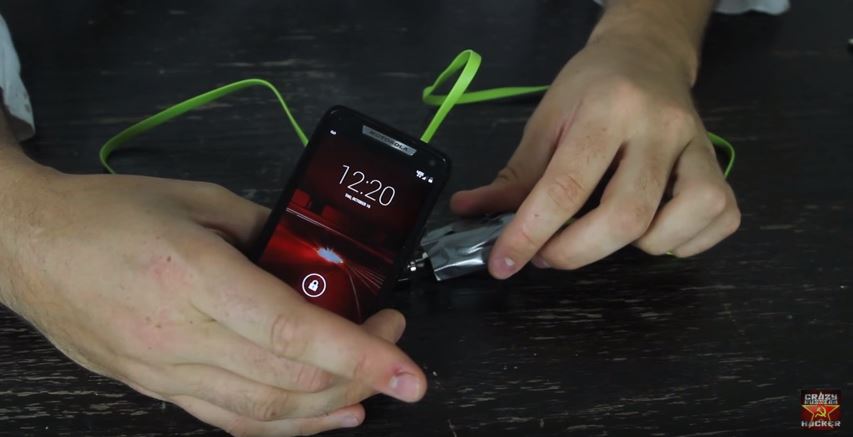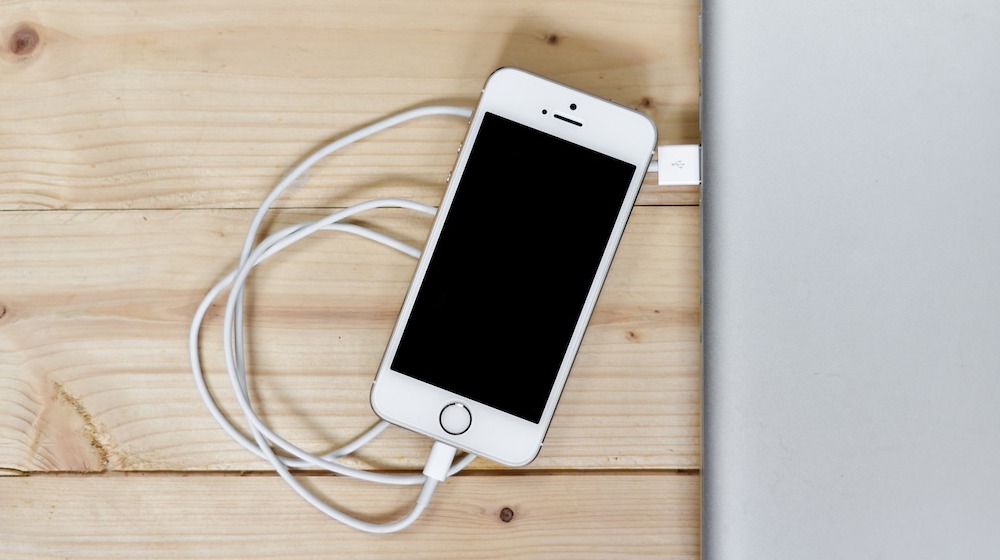News
Scientists Are Developing “Infinite” Batteries

Researchers in the US have been working with Samsung to develop a new type of rechargeable battery that can be sustained through “hundreds of thousands” of charge cycles, and has up to 30 percent more energy density – a measure of energy per unit volume – than today’s batteries.
The key was figuring out how to use a solid electrolyte in their new batteries, instead of relying on the liquid electrolyte that’s used in today’s rechargeable lithium-ion batteries. Not only can their solid-state electrolytes support a greater lifespan for the battery while also boosting the amount of power it can store, it’s also safer than its liquid counterpart, which has been known to overheat and explode on occasion.
The lithium-ion rechargeable batteries that power our smartphones, laptops, e-cigarettes, and hybrid cars all run on a liquid solvent that’s responsible for transferring charged particles from one electrode to the other during charging and discharging cycles.
The problem is that this process can cause the liquid to overheat and combust, causing potentially dangerous situations such as when Boeing’s entire fleet of 787 Dreamliner jets were temporarily grounded in 2013 because electrolyte had leaked from lithium ion batteries onto the interior of one plane’s fuselage.
Solid-state electrolyte, on the other hand, brings with it no such complications. “You could throw it against the wall, drive a nail through it – there’s nothing there to burn,” one of the team, Gerbrand Ceder from the Massachusetts Institute of Technology (MIT), said in a press release. He says it creates “almost a perfect battery, solving most of the remaining issues” in battery lifetime, safety, and cost, with “virtually no degradation reactions left”. This means it will last through more charging cycles than you’re ever likely to need.
While Cedar’s team isn’t the first to pursue the solid-state electrolyte, it’s the first to figure out how to make it work in a battery that’s powerful enough to not only challenge today’s technology, but overtake it. “There was a view that solids cannot conduct fast enough,” he says. “That paradigm has been overthrown.”
The researchers used a class of materials known as superionic lithium-ion conductors – compounds of lithium, germanium, phosphorus, and sulphur – to produce the electrolyte, and report in Nature Materials that they conduct the charged particles fast enough to be used in a commercial battery, and can operate at much colder temperatures than conventional lithium-ion batteries: up to –28 degrees Celsius.
Hopefully by partnering with tech giant Samsung, the team will have the help it needs to put this kind of technology on the market in the years to come. Because it’s 2015 and we still haven’t figured out how to free ourselves from the nightly phone charge.
-

 Do It Yourself7 months ago
Do It Yourself7 months agoParacord Projects | 36 Cool Paracord Ideas For Your Paracord Survival Projects
-

 Do It Yourself9 months ago
Do It Yourself9 months agoHow To Make Paracord Survival Bracelets | DIY Survival Prepping
-

 Do It Yourself9 months ago
Do It Yourself9 months ago21 Home Remedies For Toothache Pain Relief
-

 Do It Yourself10 months ago
Do It Yourself10 months agoSurvival DIY: How To Melt Aluminum Cans For Casting
-

 Exports8 months ago
Exports8 months agoAre Switchblades Legal? Knife Laws By State








Pingback: How to Revive Dead Batteries | SL